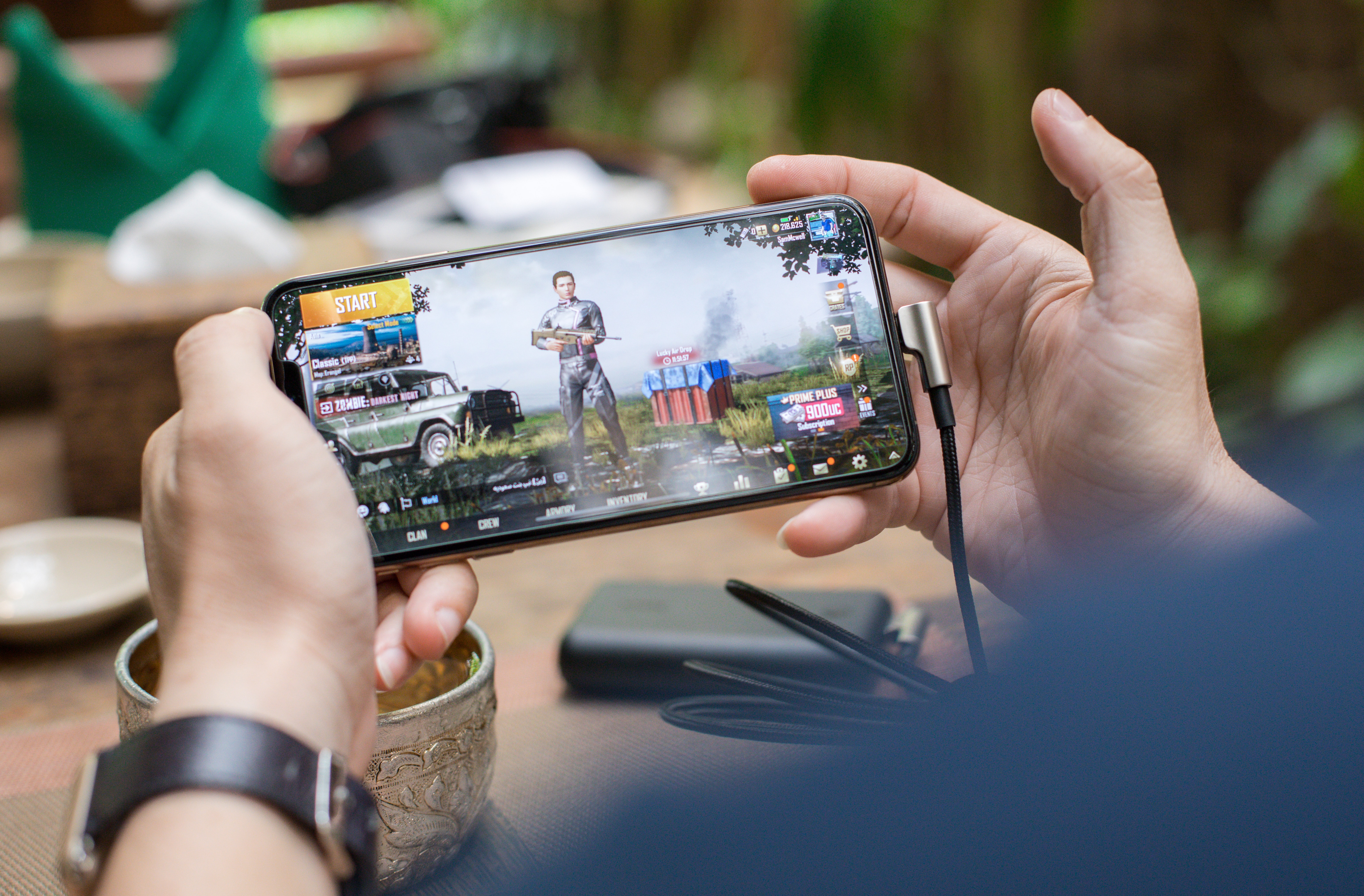As reported by VentureBeat, a new Consumer Technology Association (CTA) study indicates 70 percent of Americans aged 13 to 64 play games. That’s a whopping 192 million U.S. consumers, a number that reflects the way gaming has been informed in recent years by social phenomena like increased smartphone use. Brands who understand this demographic shift can only benefit.
Gamers: Who Are They?
The 2019 Future of Gaming study defines gamers as anyone who played video games for at least one hour in the past three months. And according to the study, the aforementioned 192 million gamers—playing on consoles like Xbox One or PlayStation 4; smartphones or tablets; and PCs—embrace gameplay as entertainment, but also as an active social channel. Perhaps because of this, the classic stereotype of the typical gamer—young male—no longer applies. Games are drawing a much bigger demographic.
“Not only is the classic teenage-boy-gamer stereotype untrue today, but it’s even less accurate when it comes to mobile games,” notes Tom Simpson, vice president, brand and exchange, APAC, AdColony. “More than one billion Asian consumers of all ages and genders play games every day on their smartphones. In fact, across many markets in APAC we see a larger number of female gamers than male.” Consider games like Candy Crush and its successor, Candy Crush Soda Saga: the archetypal player is a woman aged 25 to 45.
What Gaming Means to You
Because the gaming demographic is so large and varied, gaming represents a golden opportunity for brands. According to The Drum, projections indicate the global mobile gaming market will be worth $174 billion by 2021, for example. Advertisers can target a niche audience in that market, or deliver brand awareness at scale. It’s ultimately up to the brand, its budget, and advertising objectives.
Examples of Brands Killing It with Gamers
So who’s already doing it right? Look no further than Coca-Cola, which rolled out a mobile game app targeting teens and young adults. In the Crabs & Penguins game, developed by Coca-Cola’s Content Factory in partnership with McDonald’s, users guide a crab character through races and dangers, coming into contact with other animals, such as polar bears, along the way. The ultimate goal? Returning a soccer ball to a cast of penguin characters. The stated goal of the game is to “spread happiness,” which also happens to be Coke’s tag line; characters and products in the game are also branded with the Coca-Cola logo. Bottom line: the Coke brand is on the user’s mind as they play the game.
Meanwhile, brands like Gatorade and Asos are succeeding by matching product to game. In a digital recreation of how the sports drink fuels real-life activity, Gatorade offered players a digital “electrolyte boost” via energy refills in EA’s Madden NFL Mobile; gamers could then play longer. Clothing brand Asos, in turn, paired with The Sims Mobile game, introducing branded clothing and timed quests to Sims players. The real-world experience of shopping for clothing online proved a good match to the customization options within the game.
Three Key Takeaways
So what does this mean for your brand? Consider these takeaways:
- Gamers are a diverse audience. Identify your demographic; chances are that group plays games in some form. What games does your target market like to play? Understanding what games your customers enjoy helps you know where (and how) to reach them. Are you targeting busy moms who relax over a game of Candy Crush? Teens likely to be snacking (or craving a snack) while playing Fruit Ninja?
- Consider what games might be a good one-on-one match for your actual product. Are there games that digitally recreate the universe your product occupies in real life?
- Finally, consider whether your brand (and budget) are best served by targeted outreach, or more of a universal awareness blitz.
Contact True Interactive
Need help navigating the opportunities afforded by the gaming market? Contact us. We can help.
Photo by SCREEN POST on Unsplash
